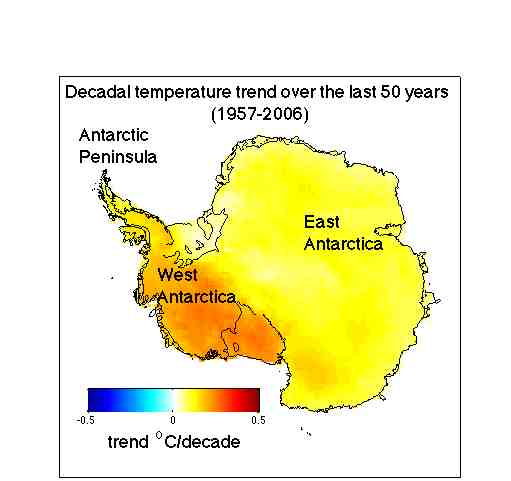Guest commentary by Jim Bouldin, Department of Plant Sciences, UC Davis
Linking the regional climate-ecology attribution chain in the western United States
Many are obviously curious about whether certain current regional environmental changes are traceable to global climate change. There are a number of large-scale changes that clearly qualify—rapid warming of the arctic/sub-arctic regions for example, and earlier spring onset in the northern hemisphere and the associated phenological changes in plants and animals. But as one moves to smaller scales of space or time, global-to-local connections become more difficult to establish. This is due to the combined effect of the resolutions of climate models, the intrinsic variability of the system and the empirical climatic, environmental, or ecological data—the signal to noise ratio of possible causes and observed effects. Thus recent work by ecologists, climate scientists, and hydrologists in the western United States relating global climate change, regional climate change, and regional ecological change is of great significance. Together, their results show an increasing ability to link the chain at smaller and presumably more viscerally meaningful and politically tractable scales.
[Read more…] about Linking the climate-ecology attribution chain

 The paper shows that Antarctica has been warming for the last 50 years, and that it has been warming especially in West Antarctica (see the figure). The results are based on a statistical blending of satellite data and temperature data from weather stations. The results don’t depend on the statistics alone. They are backed up by independent data from automatic weather stations, as shown in our paper as well as in updated work by Bromwich, Monaghan and others (see their AGU abstract,
The paper shows that Antarctica has been warming for the last 50 years, and that it has been warming especially in West Antarctica (see the figure). The results are based on a statistical blending of satellite data and temperature data from weather stations. The results don’t depend on the statistics alone. They are backed up by independent data from automatic weather stations, as shown in our paper as well as in updated work by Bromwich, Monaghan and others (see their AGU abstract,